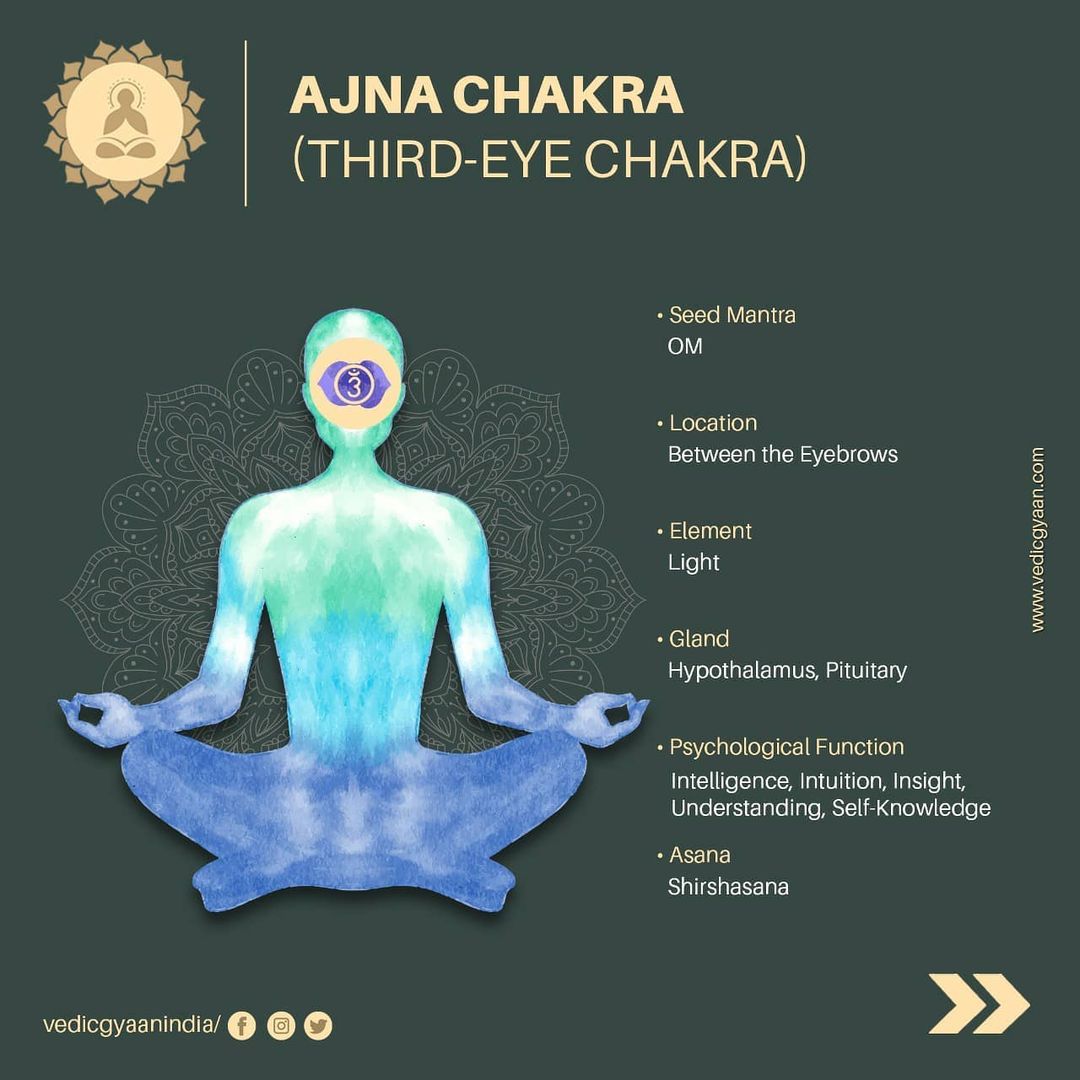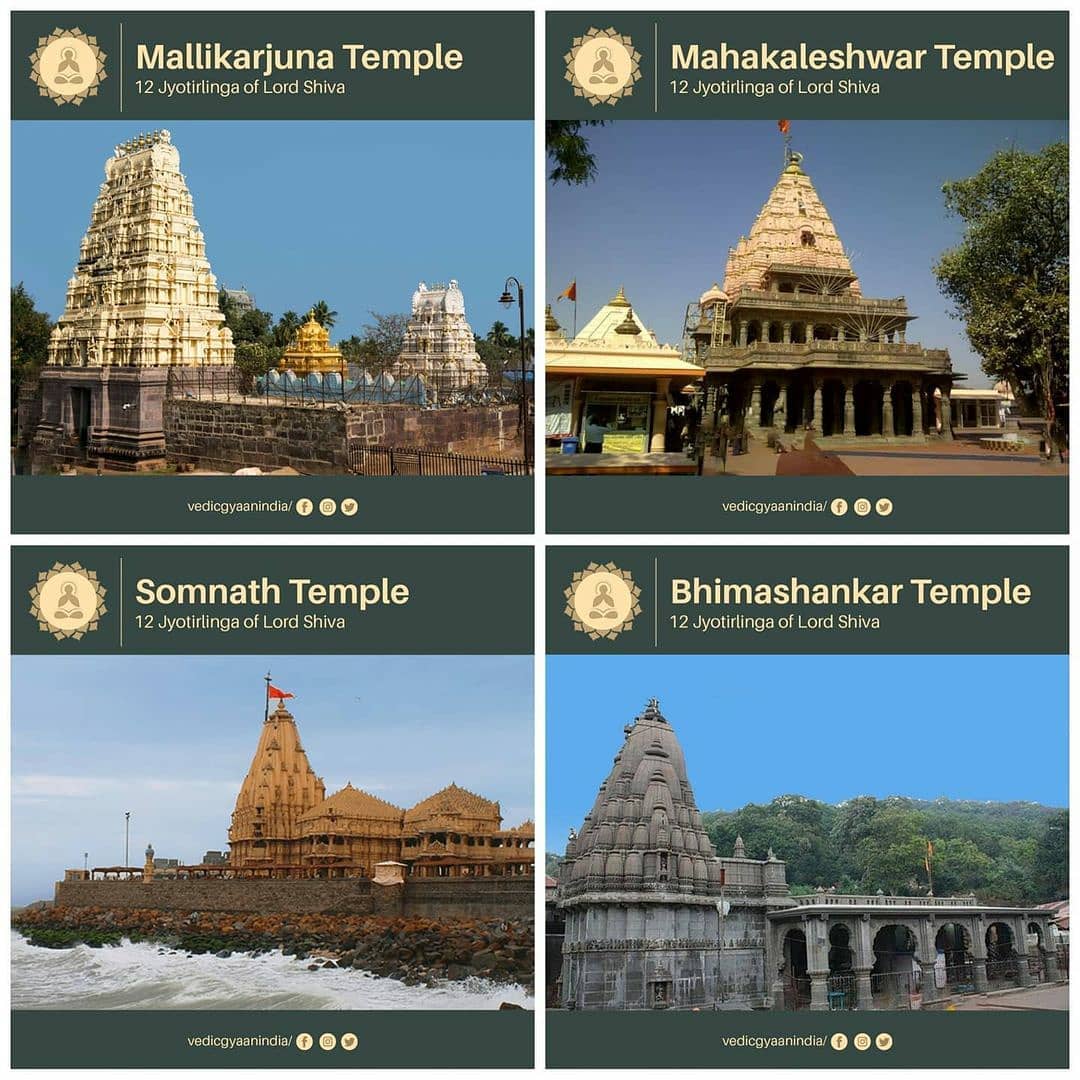
You must have read some books or have heard from many yogis about Chakras. But, do you know what chakras are? How do they work? In the Sanskrit language, chakra means wheel. Here, the spiritual meaning of chakra is “a wheel of flowing energy” in the body. We have 114 chakras in 







total in the human body, and they work as the connection or junction of the Nadis. The Nadis are the passage of prana or energy in the body.
Out of the 114 Chakras, two of them are outside the physical body. In reality, we can only work on 108 chakras from the remaining 112



Out of the 114 Chakras, two of them are outside the physical body. In reality, we can only work on 108 chakras from the remaining 112




Chakras. However, we only need 21 chakras to be active in our body to live a full-fledged life. Due to the three dimensions of energy, Pingala, Ida, and Sushumna, these 21 Chakras form 7 sets, each of them with three functioning Chakras that work as one. Therefore, you will be
complete if your 21 chakras are functioning physically, psychologically, and emotionally. Besides, the rest of the chakras need to be activated if other dimensions have to become a living truth. Also, intellect needs to fuel up with energy. A numb intelligence is similar to being
non-existent. A computer that has no electricity is similar to a slab of stone. Similarly, the human system can work as a supercomputer, but most human beings have kept it functioning only to the level of survival. We need to activate our complete system to open the doors of new
possibilities. For this, Hatha Yoga can work as the key to start the whole system. Unfortunately, some people consider Hatha yoga as just a type of exercise or health regime. Yoga has more benefits than simple exercise. It helps to activate the human system, which naturally leads
• • •
Missing some Tweet in this thread? You can try to
force a refresh















